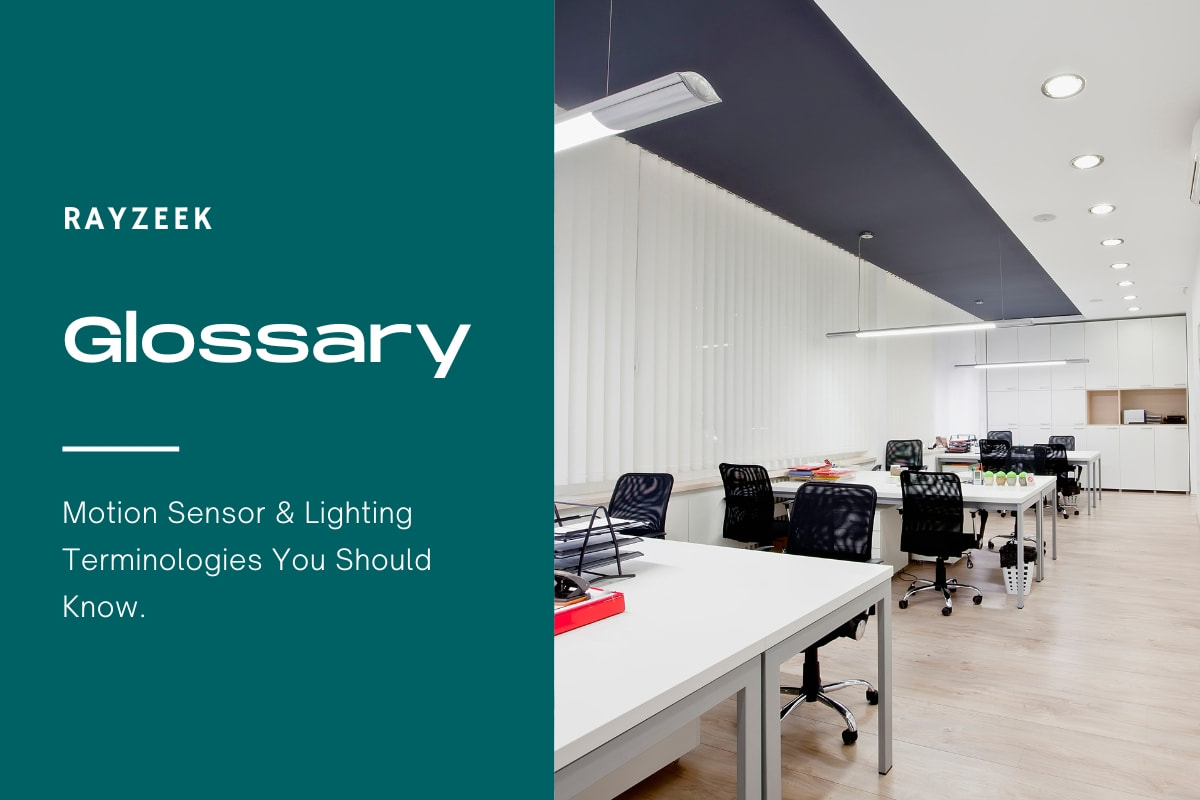What is Par Light
Par light, also known as photosynthetically active radiation (PAR) light, is a specific range of light wavelengths between 400 to 700 nanometers (nm) that are crucial for driving photosynthesis in plants. This range includes all colors within the visible spectrum, including green light, which is often reflected by plant leaves, giving them their green appearance. Despite the reflection of green light, research has shown that it plays a significant role in driving photosynthesis and offers additional benefits such as organic pest control.
Get Inspired by Rayzeek Motion Sensor Portfolios.
Doesn't find what you want? Don't worry. There are always alternate ways to solve your problems. Maybe one of our portfolios can help.
In the horticulture lighting industry, PAR light is a key consideration when evaluating lighting systems for optimal plant growth. It is important to note that PAR is not a measurement or metric like feet or kilos, but rather a designation for the specific range of light wavelengths that are essential for plant growth. When researching horticulture lighting systems, three key metrics are often considered: Photosynthetic Photon Flux (PPF), which quantifies the total amount of PAR emitted by the light fixture; Photosynthetic Photon Flux Density (PPFD), which measures the amount of PAR reaching the plants’ surface per unit area per second, providing information on the intensity of PAR available for photosynthesis; and Photon Efficiency, which evaluates the energy efficiency of the fixture in converting electrical energy into usable PAR for plant growth.
Frequently Asked Questions
What Is the Difference Between Flood Light PAR30 and PAR38
PAR30 bulbs are commonly used in larger rooms with multiple light fixtures, especially for tracking lighting with short neck bulbs and recessed cans with long neck bulbs. On the other hand, PAR38 bulbs are primarily designed for outdoor lighting purposes. They are often utilized as general flood and safety lights.
Can I Use BR30 Instead of PAR30
Conversely, PAR30 bulbs have a narrow beam angle that provides targeted lighting over a given area. However, it is feasible to replace a PAR30 bulb with a BR30 bulb. The two bulbs are interchangeable and can be used in the same-sized recessed fixture cans.
Is PAR the Same as Lumens
Lumen is a unit of measurement that quantifies the brightness perceived by the human eye from a light source, and it is measured in foot candles or LUX. On the other hand, PAR (photosynthetic active radiation) refers to the light energy measured in quantum photon flux that plants utilize for photosynthesis.
What Is a PAR 64 Light For
Of all the PAR lamps available, the PAR64 tungsten halogen lamp with a wattage of 1000 is commonly used for lighting purposes in the entertainment industry. This particular lamp has a lens diameter of 8 inches and can be found in 4 different beam spreads, ranging from a very narrow spot to a wide flood.
What PAR Is Considered High Light
On Tidal Garden, they categorize light levels as Low (30-50 PAR), Medium (50-150 PAR), and High (150+ PAR). However, Vivid Aquariums classifies light levels as Low-Moderate (80-250 PAR), Moderate (150-250 PAR), and Moderate-High (200-300 PAR).
What Does PAR 56 Mean
PAR 56 refers to a type of lamp that includes a reflector. The term PAR stands for parabolic aluminized reflector. The sizes PAR-64 and PAR-56 are commonly used in the US to describe the diameter of the housing in inches.
What Is the Difference Between PAR and Fresnel Light
The Fresnel light produces a more visually appealing quality of light that can be directed straight onto the subject to achieve a cinematic appearance. On the other hand, PAR lights (Parabolic Aluminized Reflector) emit a harsher light with an elliptical shape, but they offer the advantage of higher output at any given power.
Does Adding More Lights Increase PAR
No, adding more lights will not double the PAR. However, it will increase the PAR value in areas where there is overlap in light.
Can I Use A19 Instead of PAR38
Both the A19 and PAR38 bulbs have a similar appearance to any other standard A19 or PAR38 bulb. This is essential because they need to be compatible with standard fixtures. In general, the A19 bulb is suitable for most fixtures, while the PAR38 bulb is more commonly used in high-hats and other specific fixtures.









